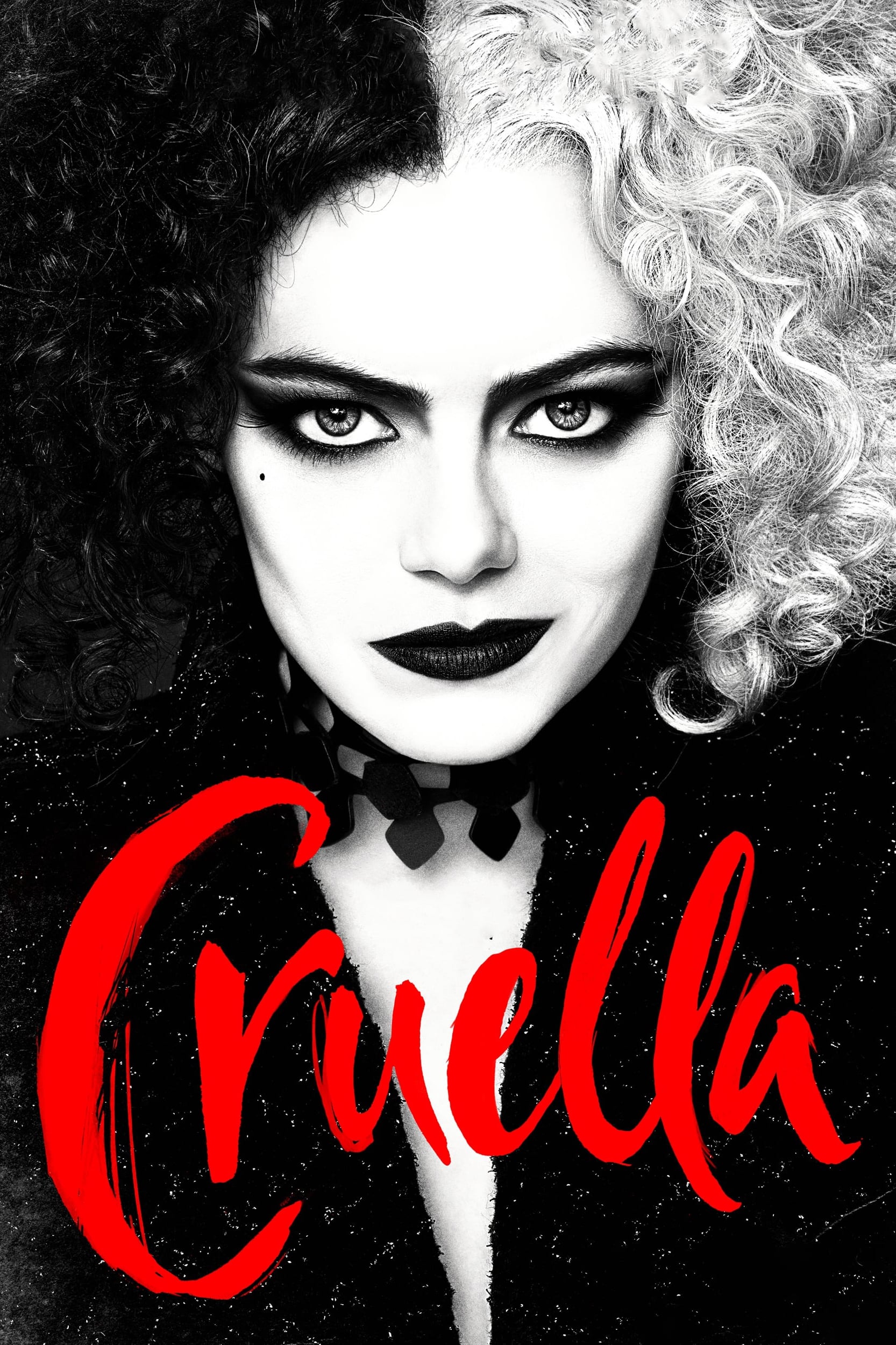
In 1970s London amidst the punk rock revolution, a young grifter named Estella is determined to make a name for herself with her designs. She befriends a pair of young thieves who appreciate her appetite for mischief, and together they are able to build a life for themselves on the London streets. One day, Estella’s flair for fashion catches the eye of the Baroness von Hellman, a fashion legend who is devastatingly chic and terrifyingly haute. But their relationship sets in motion a course of events and revelations that will cause Estella to embrace her wicked side and become the raucous, fashionable and revenge-bent Cruella.
13 May Cruella (2021)
Princess Leyline
One way to look at this is why it was made. Clearly, Disney marketing has found a princess niche not served by the direct approach. You have to admire the art of discovering and mining a market. Perhaps no one can do what these folks do in discovering and exploiting tween girl urge.
Another way to appreciate the craft is the focus on fashion. It references “Devil Wears Prada” and countless Disney evil stepmother tropes, but that allows the field of competition to not be love, belonging, or riches but instead being the perceived master of design.
And this is not just any kind of design, but the purest form of influence through appearance (the thing) and presentation (the act). This counts as ‘folded’ narrative in my book. One form of folding is when the film uses a mechanism described in the film; in this case, it is defining a character for public consumption through visual art.
To my eye, the dresses that are supposed to be fabulous are only so because the characters say or act so. The dog engagement and humour is far less precise than they’ve delivered before. All in all, there’s too much shoehorning of plot devices.
But I liked it for the same reason the girl is liked. It is brash, and a colourful departure from the standard princess fare.
Posted in 2022
Ted’s Evaluation — 2 of 3: Has some interesting elements.


No Comments